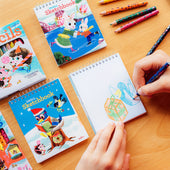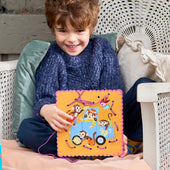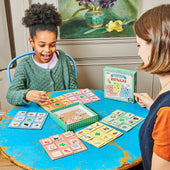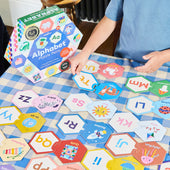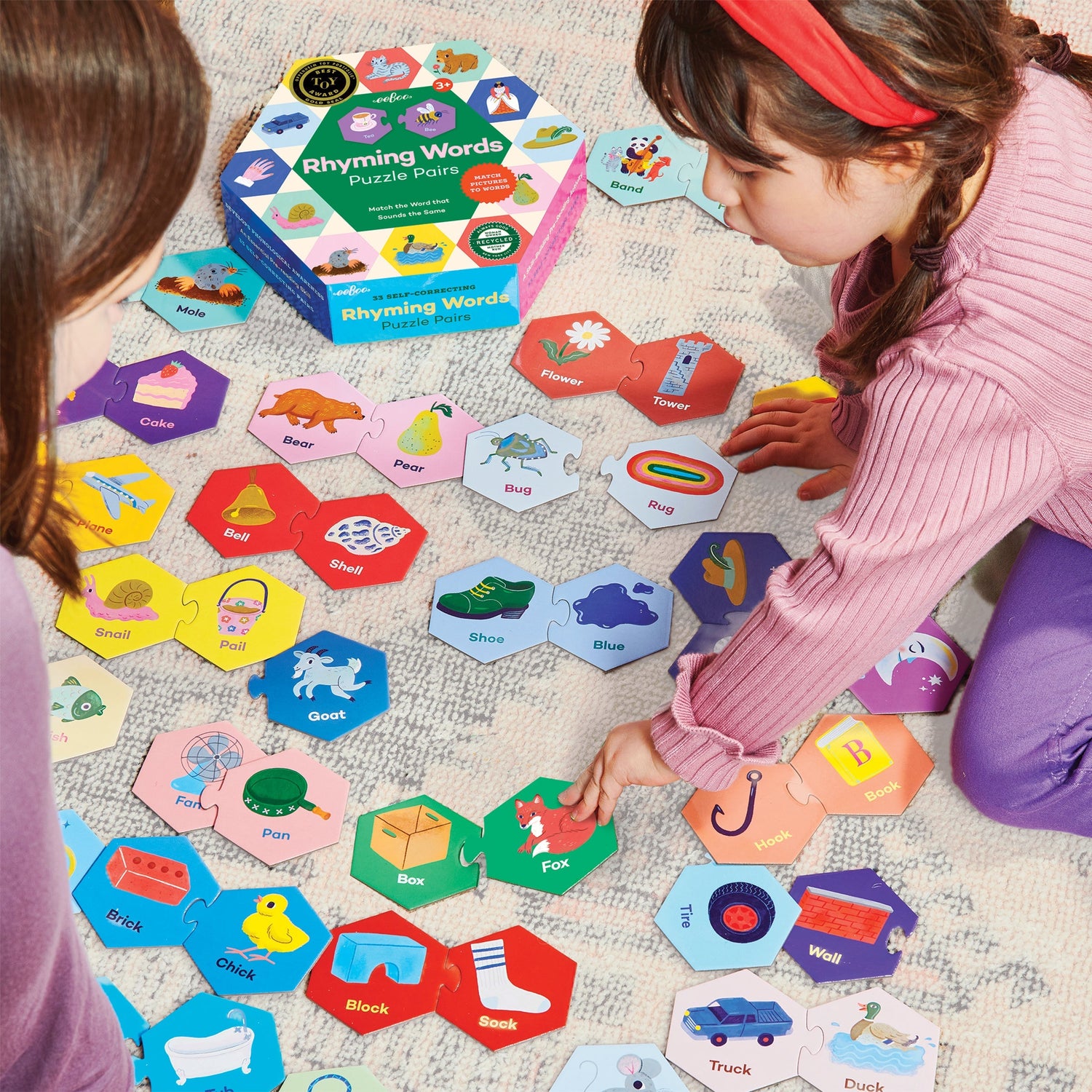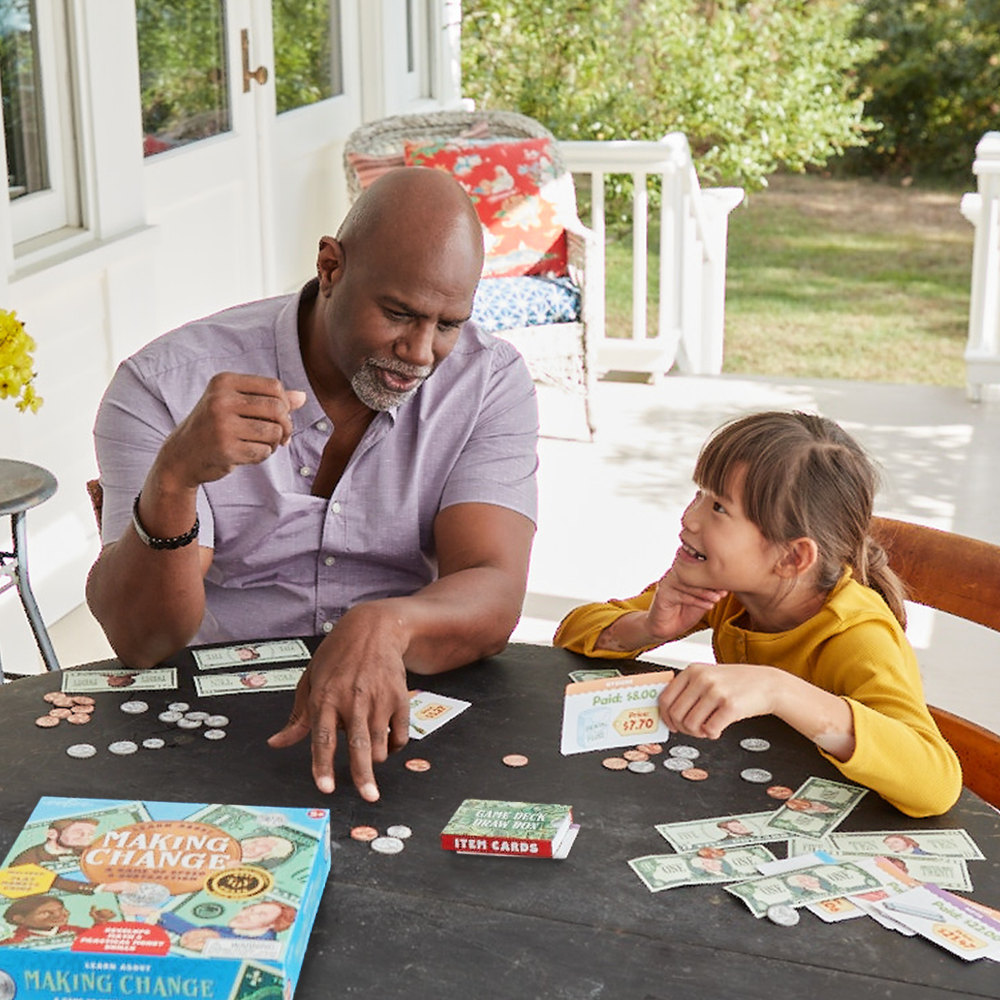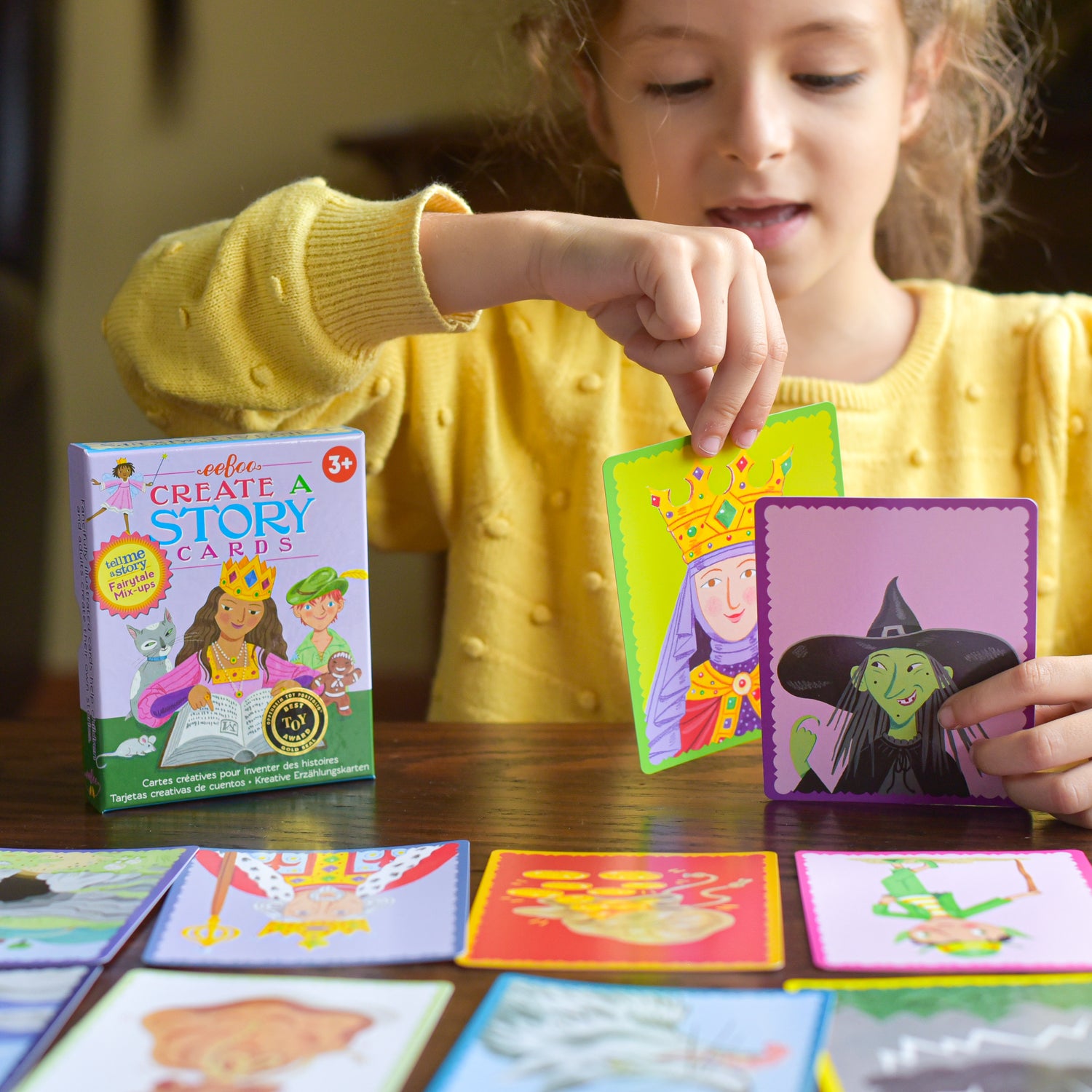Understanding Parallel, Associate, and Cooperative Play in Child Development Ages Two through Six
Play is a fundamental aspect of childhood, serving as a critical vehicle for learning and development. As children grow, their play evolves through various stages, each contributing uniquely to their social, cognitive, and emotional growth. In this blog post, we'll explore three key stages of play: parallel play, associate play, and cooperative play. Understanding these stages can help parents, educators, and caregivers support children's development effectively.
Parallel Play: The Foundation of Social Awareness
Parallel play typically occurs between the ages of 2 and 3 years. In this stage, children play side by side but do not engage directly with each other. While it might appear that they are playing independently, significant learning is happening.
Characteristics of Parallel Play:
- Proximity without Interaction: Children play near each other, often with similar toys, but do not try to influence each other's activities.
- Observation and Imitation: They watch and sometimes mimic each other, which helps them learn new skills and behaviors.
- Individual Focus: Each child concentrates on their own play, yet they are aware of their peers' presence and actions.
Benefits of Parallel Play:
- Social Development: Helps children become comfortable with others' presence, laying the groundwork for future interactions.
- Language Skills: Exposure to peers' language use enhances vocabulary and understanding.
- Cognitive Growth: Observing peers introduces new problem-solving techniques and ideas.
- Emotional Regulation: Teaches children to manage emotions while sharing space with others.
Examples of Parallel Play:
- Art and Crafts: Children sit together, each drawing or coloring their own pictures.
- Building Blocks: They build separate structures but often glance at each other's work.
- Sandbox Play: Engaging in individual projects like digging or building castles side by side.
Associate Play: The Bridge to Interaction
Associate play usually emerges around the ages of 3 to 4 years. In this stage, children begin to interact more with their peers, sharing materials and communicating, but their play is not yet fully collaborative.
Characteristics of Associate Play:
- Interaction with Peers: Children engage more with each other, sharing toys and ideas.
- Communication: Increased verbal and non-verbal communication as they discuss their activities and negotiate roles.
- Imitative Behavior: Frequent imitation of peers, facilitating learning through observation.
- Shared Activities: Children show interest in each other’s play without coordinating their actions fully.
Benefits of Associate Play:
- Social Skills: Develops turn-taking, sharing, and understanding social cues.
- Language Development: Enhances vocabulary and conversational skills through peer interaction.
- Emotional Growth: Helps children understand and manage emotions by interacting with peers.
- Cognitive Development: Promotes problem-solving and creative thinking through exposure to different perspectives.
Examples of Associate Play:
- Playing House: Children take on roles like parent or baby, interacting without a structured storyline.
- Art Activities: Working on individual art projects at the same table, sharing materials and ideas.
- Outdoor Play: Climbing structures or playing in the sandbox, interacting sporadically.
Cooperative Play: The Pinnacle of Social Interaction
Cooperative play generally appears between the ages of 4 and 6. In this stage, children engage in activities that require collaboration, shared goals, and teamwork.
Characteristics of Cooperative Play:
- Shared Goals: Children work together towards a common objective, such as building a fort or playing a team sport.
- Role Assignment: Clear roles are assigned and respected, promoting organization and cooperation.
- Collaboration and Teamwork: Effective communication and mutual support are central to play.
- Rule Development and Adherence: Children create and follow rules, understanding structure and fairness.
Benefits of Cooperative Play:
- Social Skills: Enhances ability to interact positively, build friendships, and develop empathy.
- Communication Skills: Promotes advanced language use and dialogue.
- Emotional Growth: Helps children navigate complex emotions and develop emotional intelligence.
- Cognitive Skills: Encourages problem-solving, critical thinking, and creativity through teamwork.
Examples of Cooperative Play:
- Building Projects: Collaborating to construct a large block structure or cardboard city.
- Group Games and Sports: Activities like soccer or relay races requiring teamwork.
- Dramatic Play: Acting out stories and roles together, creating a cohesive narrative.
- Educational Activities: Solving puzzles or conducting experiments as a group.
Understanding the stages of play—parallel, associate, and cooperative—can greatly enhance our ability to support children's development. Each stage plays a crucial role in fostering social skills, language development, emotional growth, and cognitive abilities. By providing appropriate opportunities and guidance, parents, educators, and caregivers can help children navigate these stages successfully, laying a strong foundation for their future social interactions and learning experiences.


